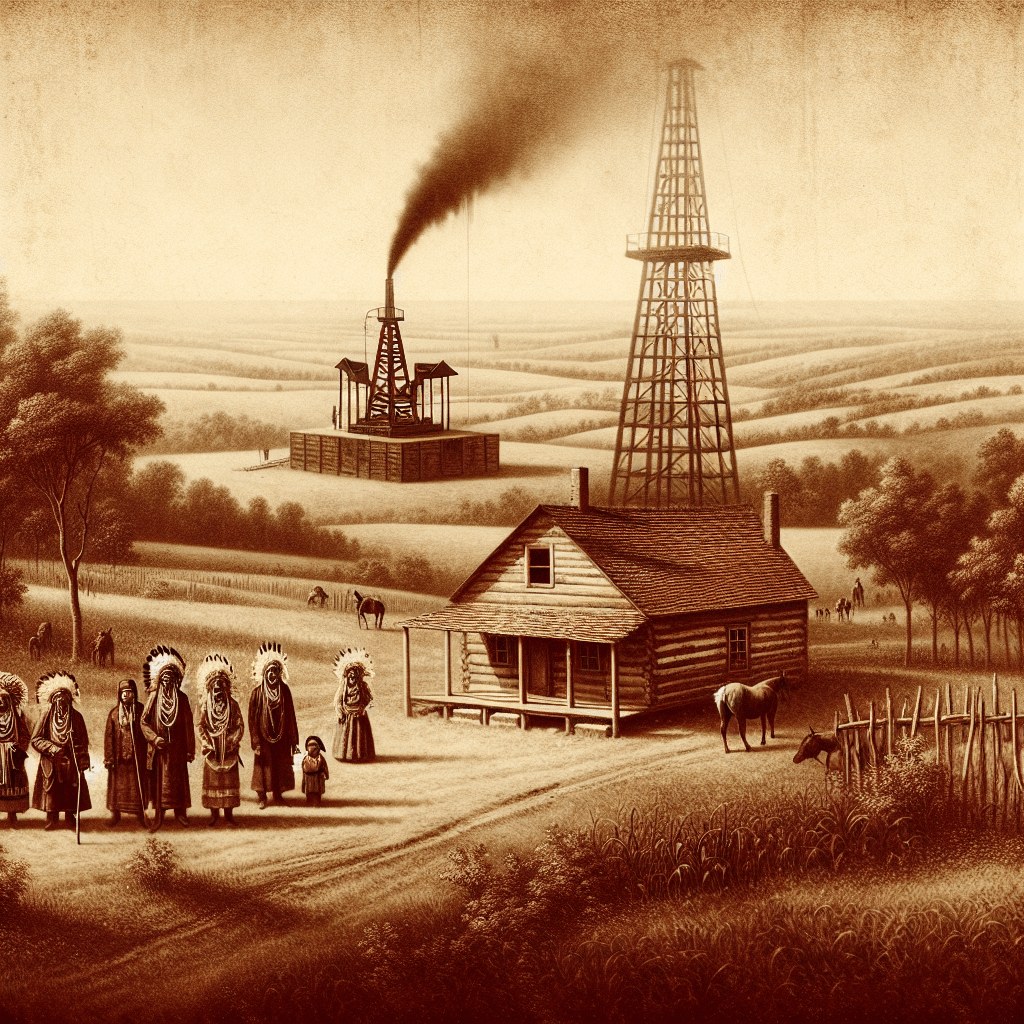Introduction
In the heart of the 20th century, the United States witnessed one of the most shocking and remarkable series of crimes known as the Osage Indian Murders or the Reign of Terror. This was a crucial event that trigged a massive involvement of the Federal Bureau of Investigation (FBI), paving the way towards its establishment as a significant law enforcement agency. The book, “Killers of The Flower Moon: The Osage Murders and the Birth New American Frontier” by American journalist David Grann, depicts these events. Understanding this intriguing historical crime requires a detailed exploration of different aspects: the foundation of the crime, its impact, how it was uncovered, and its wider significance.
The Setting
The specific setting of the crime was Osage County in Oklahoma. The Osage Indian tribe, native to this region, found vast amounts of oil beneath their land in the early 20th century. This discovery made the Osage tribe the wealthiest people per capita in the world during that period. They lived in mansions, drove luxury automobiles, and sent their children to Europe for an education; a remarkably affluent portrayal for an Indigenous tribe that could otherwise be perceived through the typical lens of poverty and disenfranchisement. It was this prodigious wealth that subsequently made the Osage Tribe a target.
The Reign of Terror
The period between 1921-1926, infamously known as the Reign of Terror, saw a series of mysterious killings of the Osage Tribe members. The mode of murders varied vastly – from poisoning and bombing to staged accidents. At its peak, nearly several Osage people were killed under suspicious circumstances. The series of murders was sparked by the greed for wealth and the inherently racist biases against the Native Americans. The murderers were mostly white residents of the area who got integrated into the Osage community through marriage or forgery, with their only goal being to inherit the wealth legally owned by the Osage Tribe members.
Unveiling the Crime—Involvement of the FBI
The mysteriously escalating death toll attracted the attention of the Federal Government, leading to the involvement of the FBI, led at the time by a young J. Edgar Hoover. This case represented one of the biggest early FBI investigations. The primary agent responsible for the case was Tom White – an old frontier lawman. And despite the many obstacles, he and his undercover team managed to unravel the sinister conspiracy and bring the criminals to justice.
The Perpetrators and Their Fate
Perpetrators of these crimes included William K. Hale, a powerful cattleman who schemed to inherit the Osage oil rights by marrying his nephew to an Osage woman, and subsequently plotting the murders of her family members; and Ernest Burkhart, who facilitated his uncle’s plan by implementing the murders. When the crimes were finally exposed, Hale and Burkhart were convicted for their atrocities and served life sentences.
The wider societal implications
The Osage Murders was not just an appalling crime limited to a certain geographical area. It had broader societal implications highlighting the racism against Native Americans and their exploitation for personal gains. It also brought to light the lack of recognition of Indigenous land rights and exploitation of their natural resources. These issues continue to permeate American society, and the Osage Murders serve as a historical reminder of these injustices.
